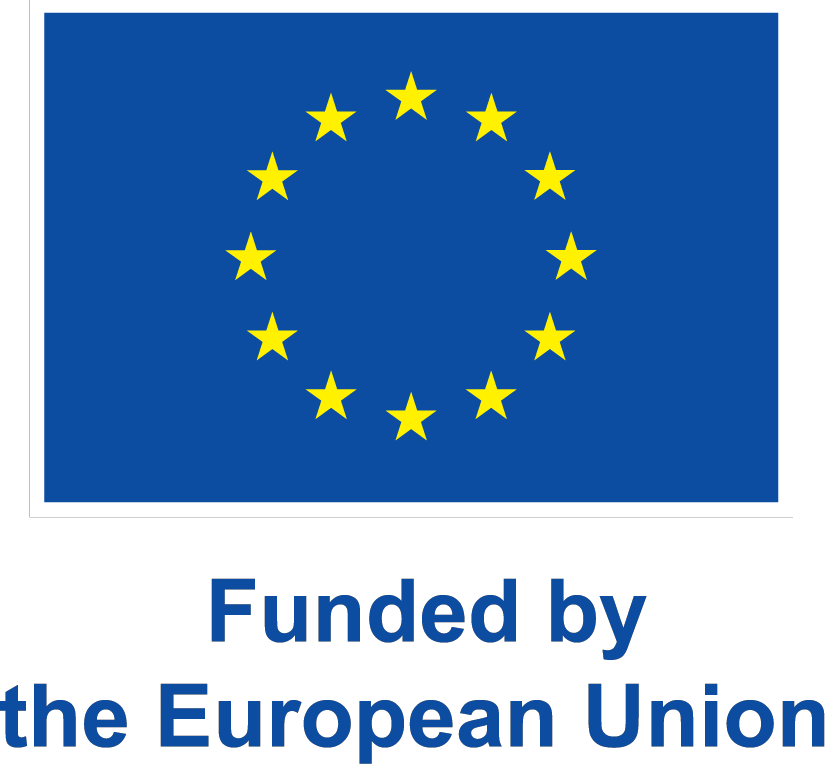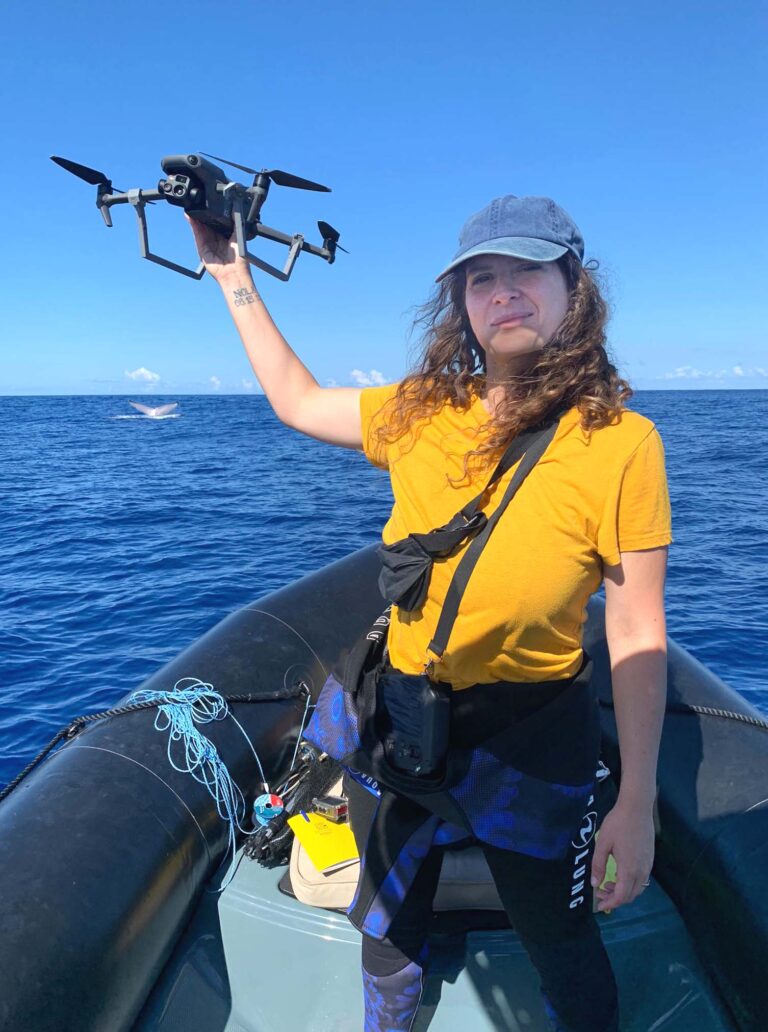
Written by Natalie Lundquist• August 5, 2024• 12:05 pm• Fieldwork & Travel
Fieldwork Report From La Réunion
Doctoral Candidate Lucie Laporte-Devylder reports on her fieldwork activities from Réunion Island.
(Visited 53 times, 1 visits today)
Last modified: August 6, 2024
Get in touch
Contact us on WildDrone@sdu.dk



WildDrone is an MSCA Doctoral Network funded by the European Union’s Horizon Europe research and innovation funding programme under the Marie Skłodowska-Curie grant agreement no. 101071224. Views and opinions expressed are those of the author(s) only and do not necessarily reflect those of the European Union or the European Commission. Neither the EU nor the EC can be held responsible for them.
© 2022-2026 WildDrone - A Marie Sklodowska Curie Actions Doctoral Network.


